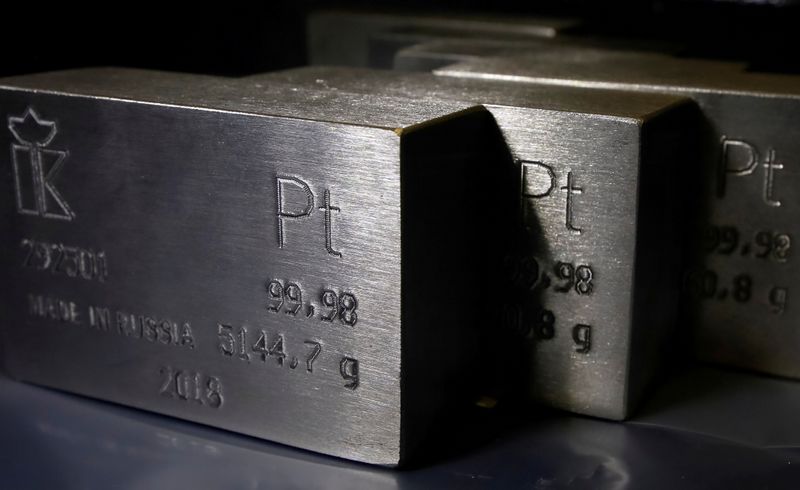Investing.com — UBS releases market outlook for platinum group metals (PGM), predicts platinum group metals (PGM) to outperform in 2025, but both will lag behind and It is expected.
This report suggests that industrial activity will be a key factor driving the White Metals market.
The bank expects central bank interest rate cuts and the possibility of a weaker US dollar to have a positive impact on the market, while potential tariffs could pose a negative threat. Despite this, UBS maintains a slightly positive outlook on platinum prices, due in part to the impact of the automotive sector.
“Car production was disappointing in 2024, but there is room for improvement in 2025 if economic activity picks up,” UBS strategists Giovanni Staunovo and Wayne Gordon said in a note.
Lower interest rates are expected to make car purchases more affordable, which, combined with the need to replace aging vehicles, is expected to support demand for autocatalysts.
Another positive factor is the slowing pace of vehicle electrification, especially outside China, which is expected to maintain strong demand for autocatalysts.
UBS forecasts a platinum supply shortfall of 500,000 oz (6.4% of demand) in 2025, the third consecutive year of shortfall, following deficits of 700,000 oz in 2024 and 760,000 oz in 2023. There will be a shortage of supply.
The bank is raising the question of when the reduction in accumulated above-ground stocks will be sufficient for prices to reflect market tightness. Current estimates by the World Platinum Investment Council put these stocks at 3.5 million ounces, with UBS forecasts suggesting they will fall to 3 million ounces by the end of 2025.
“We believe above-ground inventories need to decline further, closer to 2 million ounces, for prices to be more responsive to market supply shortfalls,” the strategists continued.
They expect mine supply to decline, but scrap supply to increase. While demand for autocatalysts is expected to increase, UBS predicts jewelery demand will remain stable this year and industrial demand will decline slightly.
U.S. metal and oil prices rose above international standards this week as traders speculated that President-elect Donald Trump could impose tariffs on imported goods.
In recent weeks, there has been a huge difference in the prices of silver, platinum and other metals between the New York and London markets. Similarly, the difference in oil prices between the US and Canada widened.
These changes reflect growing uncertainty about the direction of U.S. trade policy under the new administration. Market fluctuations are creating opportunities for traders to source cheaper materials overseas and bring them to the United States.

